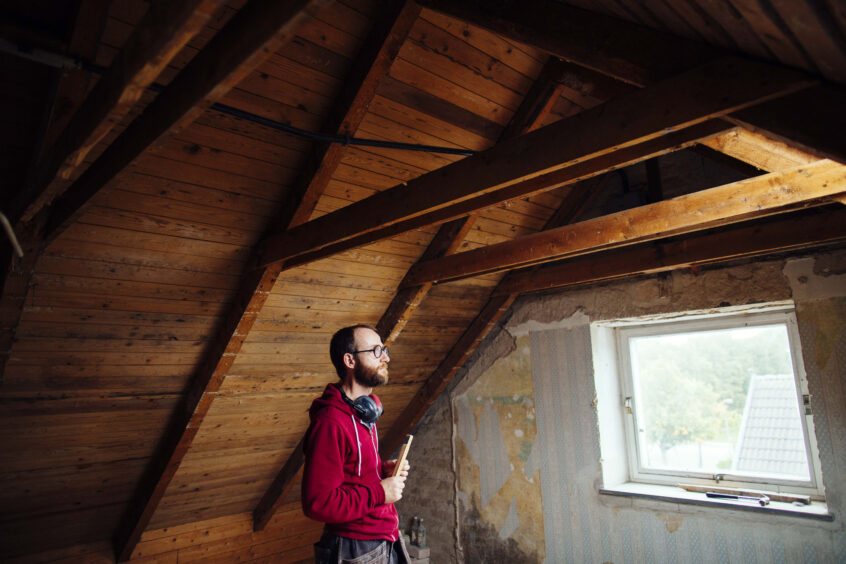Mold affects more than 50% of houses in America, and over 28% of people living in the US are at risk for mold-related illness. With the problem being so prevalent, homeowners need to learn how to identify mold and recognize symptoms of its presence. However, before learning mold recognition as a skill, you’ll first need to know the common household molds.
Common Household Molds
The three most common types of household mold are Aspergillus, Cladosporium, and Penicillium.
- Aspergillus is common indoors and outdoors and is usually harmless for most people to breathe, but some people with weakened immune systems can develop complications from exposure to this type of mold.
- Cladosporium is another type of household mold. The signs of Cladosporium may be harder to differentiate because it resembles other species. Cladosporium can be especially dangerous, causing allergies, asthma, and even infections in some people.
- Penicillium is a blue mold commonly found on building materials after water damage. Like Aspergillus, this species of mold can be harmful to those with compromised immune systems. In addition, there is also a variant of this mold that can cause a severe infection, affecting organs like the lungs, kidneys, and liver.
Knowing these types of mold isn’t enough because you’ll also need to recognize signs of mold growth in your home. Though there are thousands of species, each will have some common warning signs.
The Signs of Mold Growth
Mold growth isn’t always easy to identify before it affects your health. However, there are a few ways to identify mold as it grows in your home. If you struggle to recognize these signs, you can also rely on a remediation service to help you.
You might recognize mold first from your sense of smell. Mold commonly has a damp, musty odor that might remind you of old books. If you can’t detect a scent, you may be able to see signs of mold in other places.
One of the easiest methods for mold recognition is to check your walls. Walls affected by mold often become warped. Additionally, you may see bubbling paint or spotting near the top or bottom of your home’s interior. Bubbling and spotting are a sure sign of moisture buildup—and a common breeding ground for harmful molds.
Common Mold Symptoms
If mold takes root in your home, it may grow undetectable until it begins affecting your health. When this happens, homeowners won’t see signs of mold growth until they experience common mold symptoms. Watch for flareups in these symptoms and contact a professional if they persist.
- Irritation of the skin and eyes
- Increased sinus pressure and headaches
- Difficulty breathing or wheezing
- Cold symptoms like coughing, sneezing, runny nose, or congestion
Mold can negatively affect your family’s health, but mold recognition can stop the problem before it does. Working with a professional is crucial if you think mold is growing in your home. Mold inspection and remediation are the best ways to ensure your family breathes clean again.
Contact Pure Breathing Solutions to rid your home of harmful mold and give your family a breath of fresh air.
